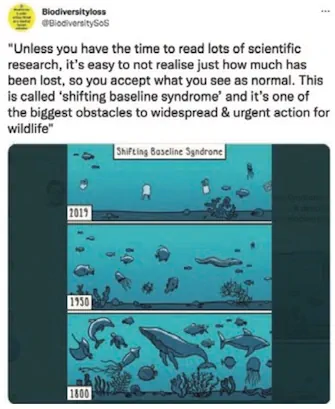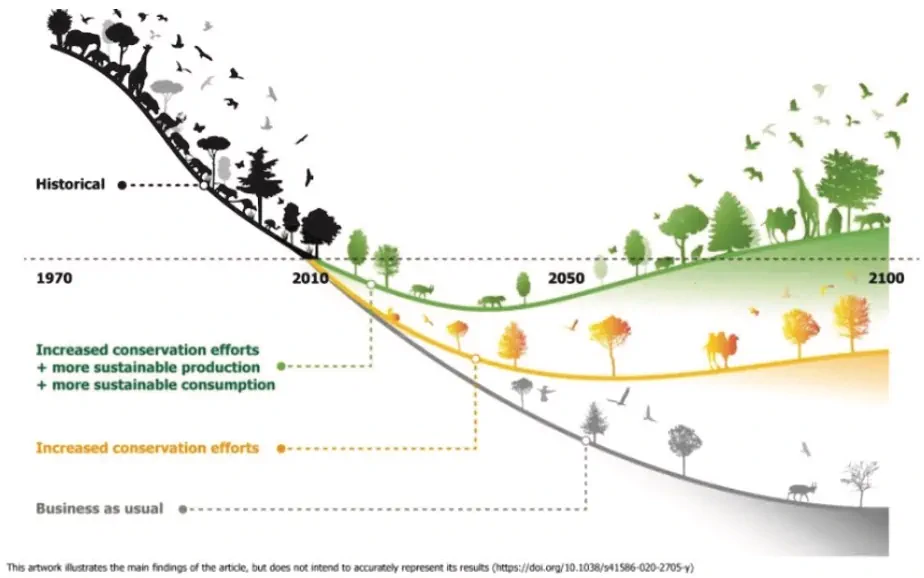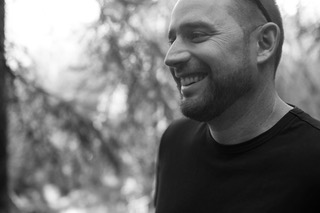BCEC: SHIFTING BASELINE SYNDROME
“I remember when…..”
BCEC considers the phenomenon of ‘Shifting Baseline Syndrome’
Probably all of us who have a few decades under our belts have done it: we’ve returned to a place fondly remembered, only to find it changed – often beyond recognition. “I remember when this was all fields, and now it’s a new bedroom community.” “There used to be far more bugs on the windscreen on road trips when I was a kid.” And so on.
As older adults our memory of how a place once was may date back to the sixties, seventies, eighties or maybe earlier. For millennials the so-called ‘baseline’ will be much later. For each generation the baseline against which they measure development is their memory of earlier abundance. They haven’t seen the biodiversity that earlier generations were familiar with. The trouble is that it’s different for each generation. My kids’ memory of abundance is actually less abundant than mine. Older people’s baseline includes much less urban sprawl, for example, and more frequent encounters with wildlife. Younger generations’ baselines will hark back to more recent configurations of the boundary between ‘natural environments’ and developed environments. Their ‘perceived abundance’ is less than that of older generations.
But even in our grandparents’ youth, the environment around the city was already developed by agriculture, and was therefore not in a pristine, untouched state. Our grandparents’ perception of abundance is already depleted compared with what was there a couple of hundred years ago. The fields our grandparents knew (where we now see housing) were already manipulated and managed. There may certainly have been more wildlife around, but it was not in an ‘original’ natural state. Much habitat had already been lost, leading to decreases in biodiversity even then.
Since moving to Bragg Creek, I’ve become aware that numbers of species such as moose and elk are nothing like what some of my neighbours remember from decades past. We know bird populations are in decline. The variety of wildflowers is less. But for the youngest among us, the numbers we see around us now will form their baseline, against which they measure decline in the future.
This progressive ‘generational amnesia’ can easily allow a slide that leads to extirpation and extinction.
This is what is meant by Shifting Baseline Syndrome or SBS.

A meme that regularly does the rounds on the internet illustrates this beautifully.
The concept becomes important when we’re thinking about conservation and – even more importantly – restoration. We’re probably all aware of resources extraction industries’ commitment to restoration. The question is which baseline they’re committing to restore. In certain contexts, this becomes a legal question.
In places like West Bragg Creek beavers are being encouraged to return to the landscape, bringing with them all the accompanying benefits for the watershed and wider environment. Partners in this particular project included Alberta Parks, The Elbow River Watershed Partnership and the Alberta Riparian Habitat Management Society (aka Cows and Fish). This is great news and exciting to watch, and beavers are one species making something of a comeback.
However, historically – before the advent of the craze for beaver fur in Europe – there were estimated to be hundreds of millions of North American beavers in the landscape. Up to 95% of them may have been lost between the start of colonial harvesting and the beginning of the 20th century. Restoring them to that earlier population level would probably prove difficult, and mightn’t even be ideal. Looking back at historical baselines, though, with the help of ecologists, ecological paleontologists, indigenous knowledge keepers and other experts, it’s possible to study how ecosystems were interconnected and held the web of life together. We can then draw on that understanding to see how to go forward into the future with a greater awareness of baselines, and hopefully a commitment to real restoration.
The diagram below gives us an idea of the difference between the potential of restoration work and of conservation alone, shown alongside how this compares with “business as usual”. Although this diagram was created with reference to a European context, it’s just as much food for thought for us here.

‘Global biodiversity loss can still be halted’ (Wageninen University & Research, 2020) in https://climatecultures.net/environmental-change/shifting-baseline-syndrome-anthropocene/
https://esajournals.onlinelibrary.wiley.com/doi/full/10.1002/fee.1794
If you’re interested in finding out more about the work BCEC is doing, please contact us at braggcreekenvcoalition@gmail.com


























